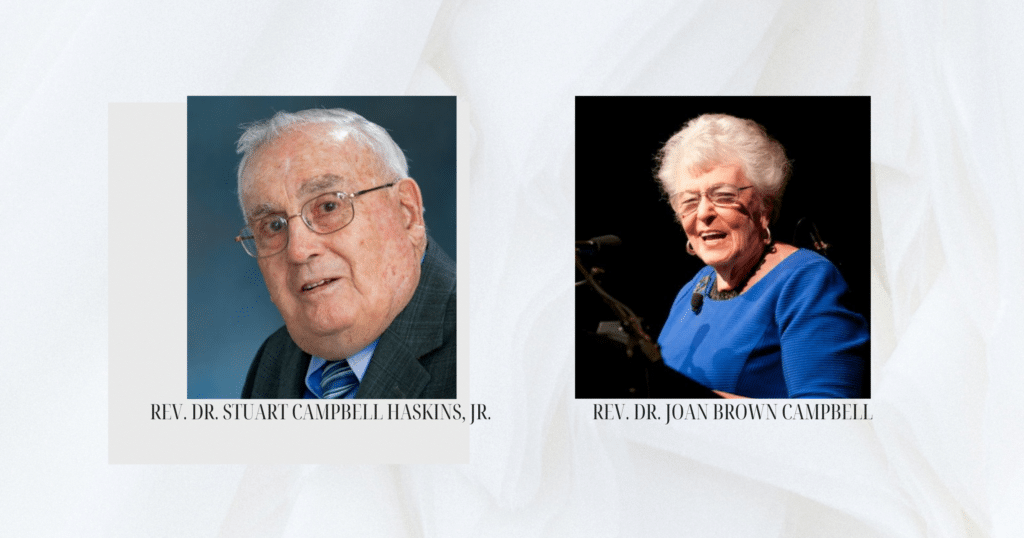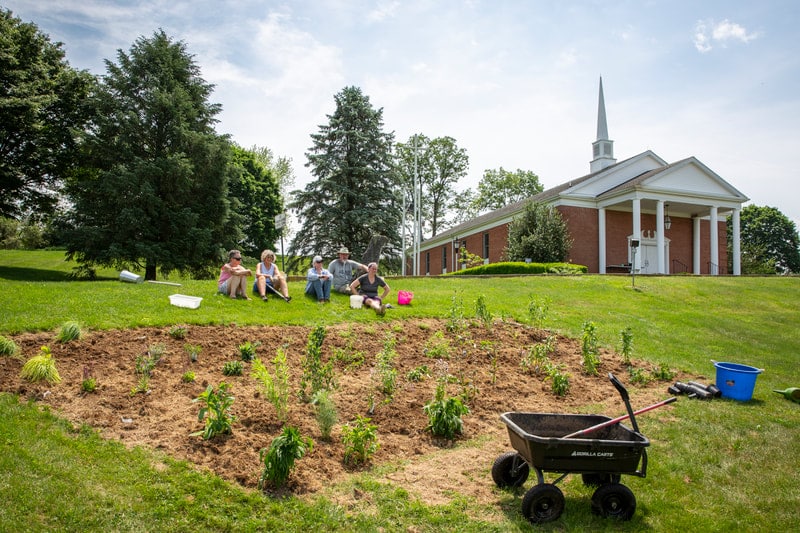National Wildlife Federation recognizes a UCC retirement community gone wild
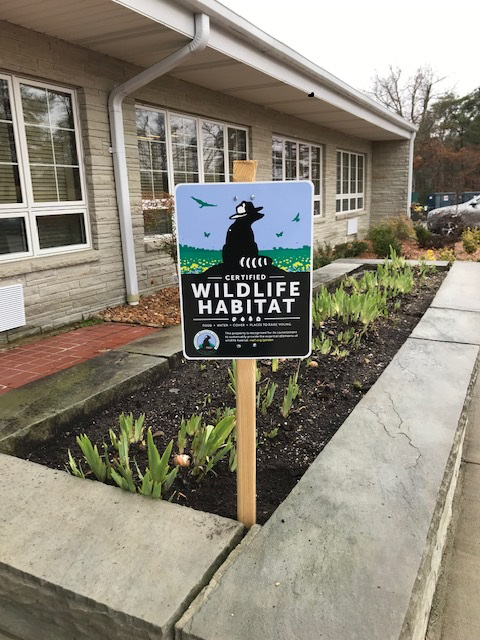
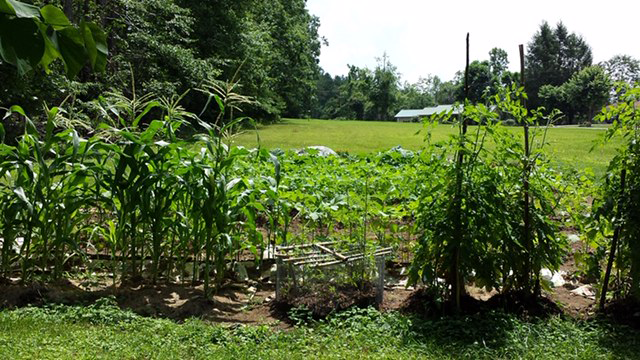
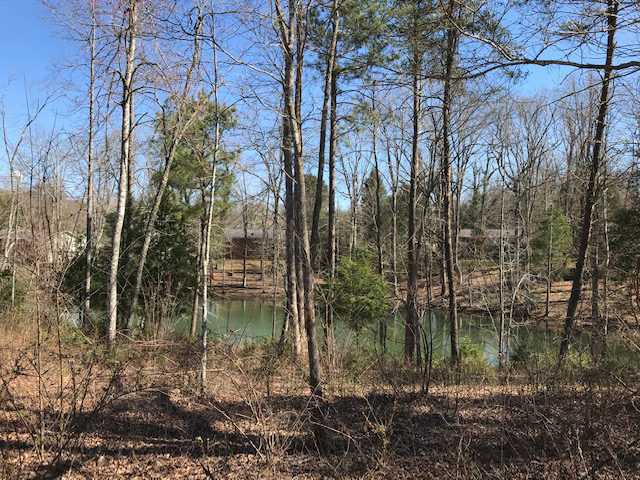
We have a unique tradition at Uplands Village Life Plan Retirement Community on the Cumberland Plateau in East Tennessee. Many of us who have congregated in this rural setting are self-driven individuals who care about the values of service to others and environmental stewardship. Our community supports a Wellness Center for rehabilitation and memory care, a long term care home, and an assisted living center, as well as 166 independent living homes, duplexes, and apartments. But almost 65% of our 500 acres are devoted to the preservation of wildlife. A campus-wide education program calls on residents to re-think traditional aesthetic values of outdoor grooming by recognizing that some 1,200 forms of fauna rely on dead, dying, or rotting hollow trees (now called “wildlife trees”) for shelter, food, mating, resting, and nesting. Our campus has chosen to honor nature’s needs equally to human needs by alternating traditional lawns with wildlands of dead trees and undergrowth that formerly were considered “unsightly.”
Volunteers and management in cooperation maintain 16 acres of wetlands to reduce storm flooding, filter water, prevent soil erosion, and create habitat. Three fish-stocked lakes are monitored for water vitality. Tree limbs are left in lakes, for they act as shelter and spawning sites for fish and food for beavers. Tall grasses are left around lakes to improve water quality, prevent erosion, and control otherwise nuisance geese. Beaver damage is controlled by water leveling, protecting trees with wire cages, and planting food source bushes. We participate in the Audubon bluebird project, welcome a gaggle of geese and ducks, and offer habitat for deer, groundhogs, squirrels, turkeys, raccoons, beavers, bats, and their friends. As one resident member says, “Living at Uplands is like living in a park.”
In 1986 Uplanders began a recycling program, and in 1988 one member pushed the county to establish a single stream recycling center. 2015 became a turning point when the Environmental and Sustainability Committee was officially organized to coordinate campus-wide volunteer efforts and disseminate information. One of the committee’s first acts was to work with management to remove toxic chemicals from public buildings and encourage green alternatives for independent living residents’ lawn care needs. Hazardous waste collection was established as an annual event in 2016.
When we learned that the National Wildlife Federation offers certification of wildlife habitats (based on the factors of natural sources of food, water, cover and places to raise young, maintained in a sustainable way incorporating native plants, conserving water, and limiting toxic pesticides), there was nothing left for the Uplands membership to do but apply. How did this community spirit happen? As a grassroots movement. Apparently, the beauty of the natural environment combined with the UCC core value of love-for-creation-necessitating-human-responsibility, caused one caring heart to inspire the next. It is still happening as we work on our first (1 megawatt) solar display.
Louise Mallory-Elliott is a member of the Environmental and Sustainability Committee at Uplands Village.
Related News
Peace Be With You…
“…And also with you” is the response on Sunday mornings and on occasions where the peace...
Read MoreBreaking barriers and forging loving partnerships: Two servants of God are remembered
This Eastertide, the United Church of Christ remembers the Rev. Dr. Joan Brown Campbell and...
Read MoreGetting down and dirty in the soil: Rural congregation discovers ‘life has the last word’
The Rev. Julia L. Brown has a love/hate relationship with this time of year. “I dislike...
Read More


